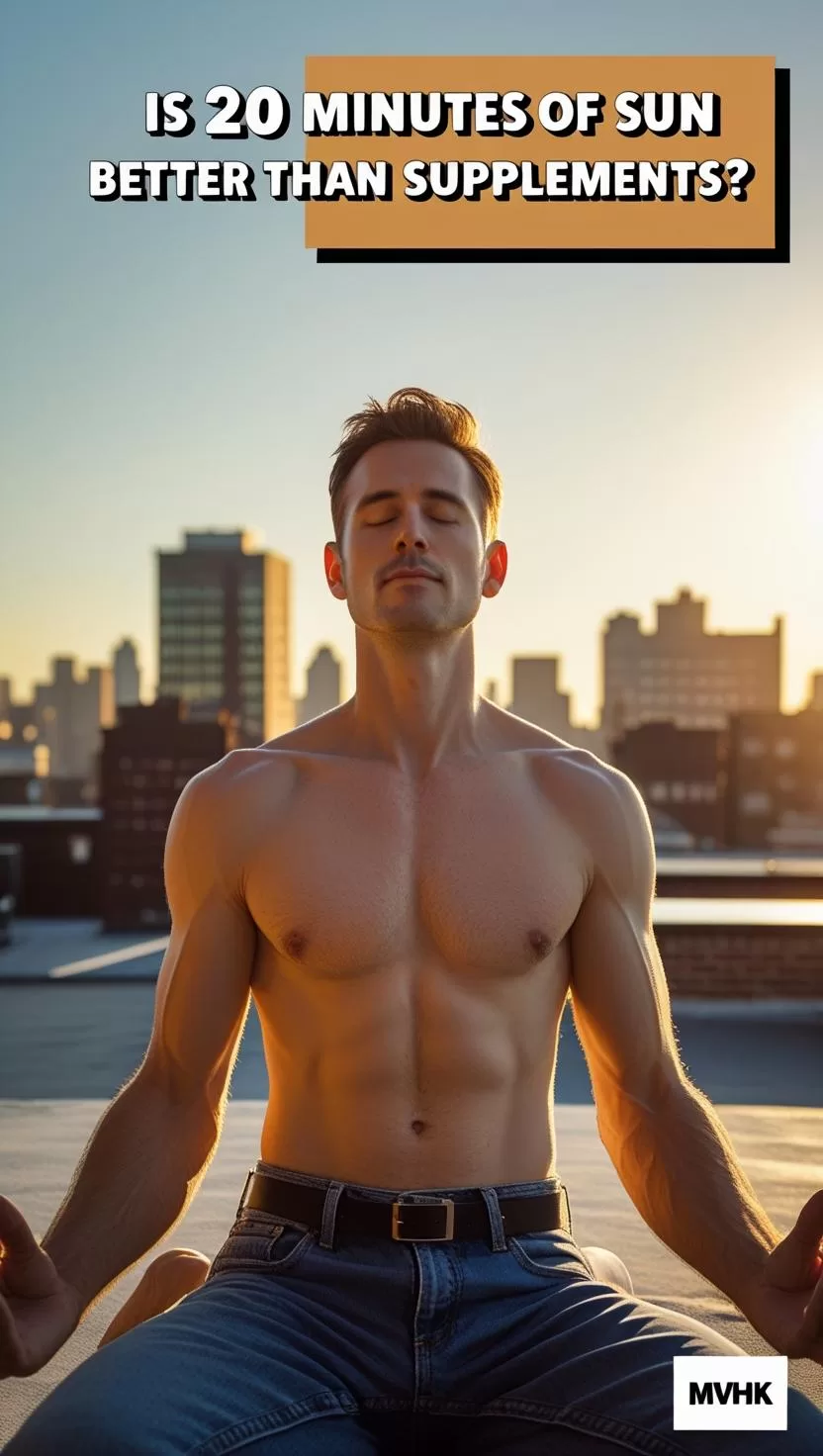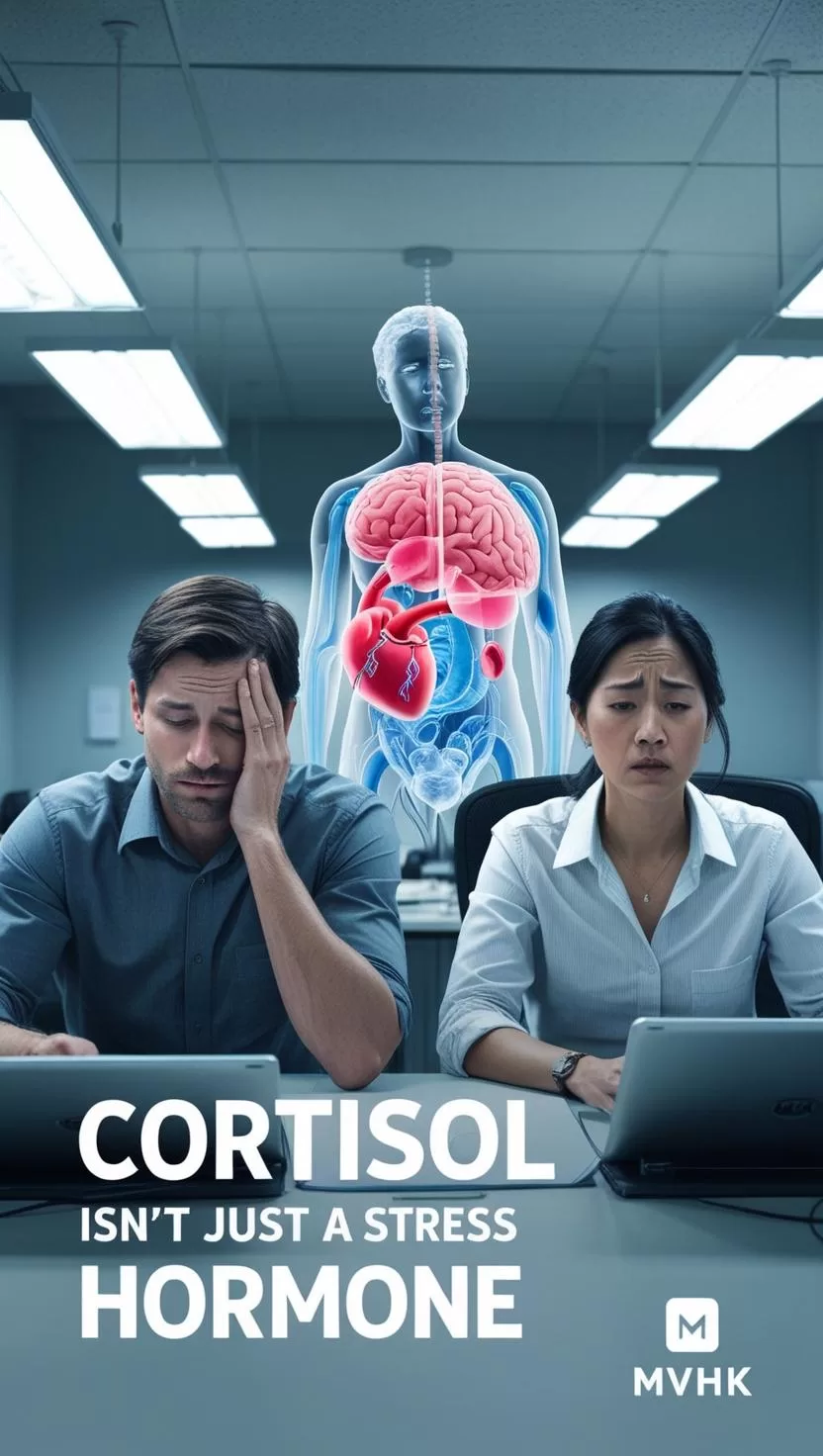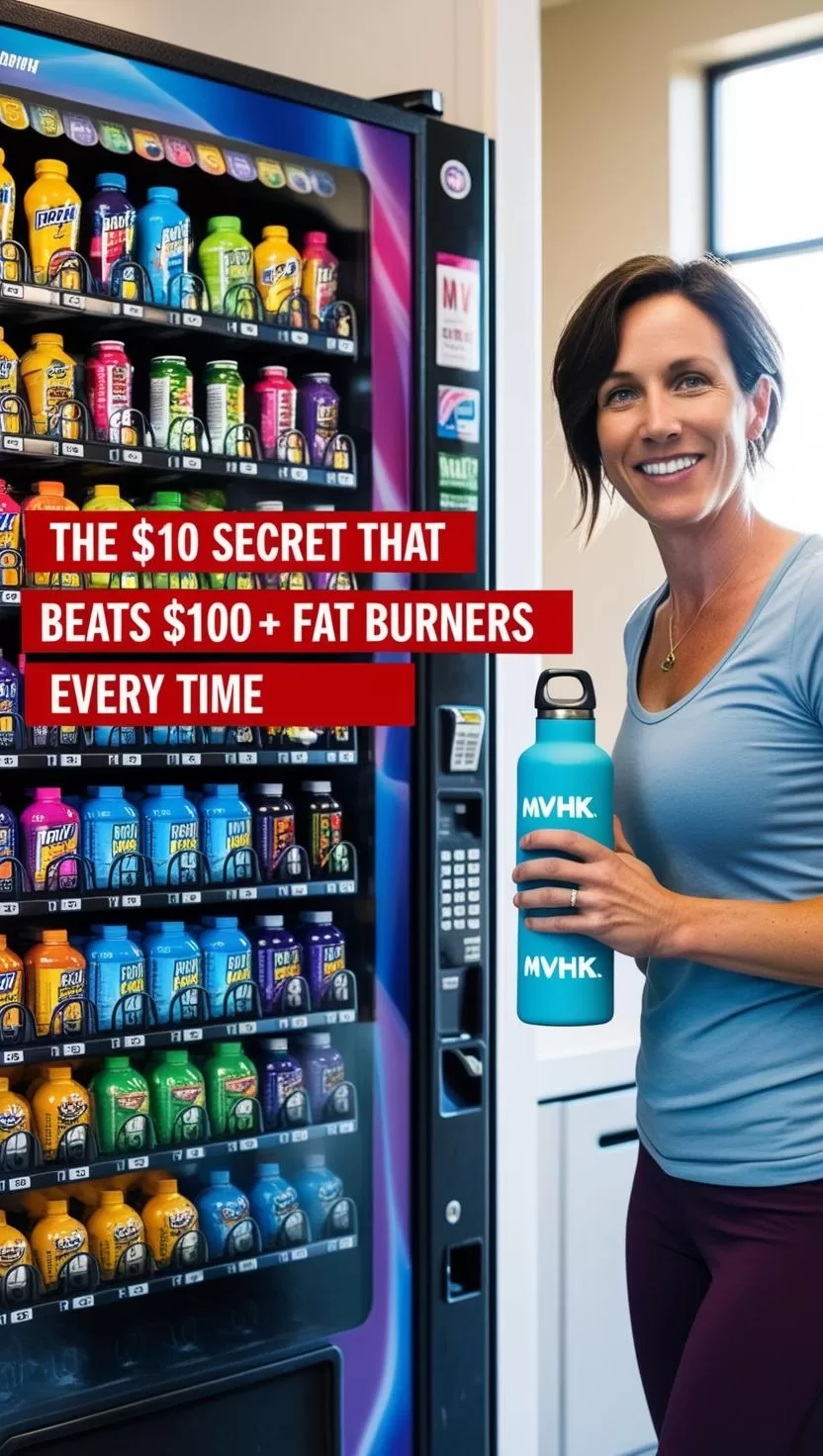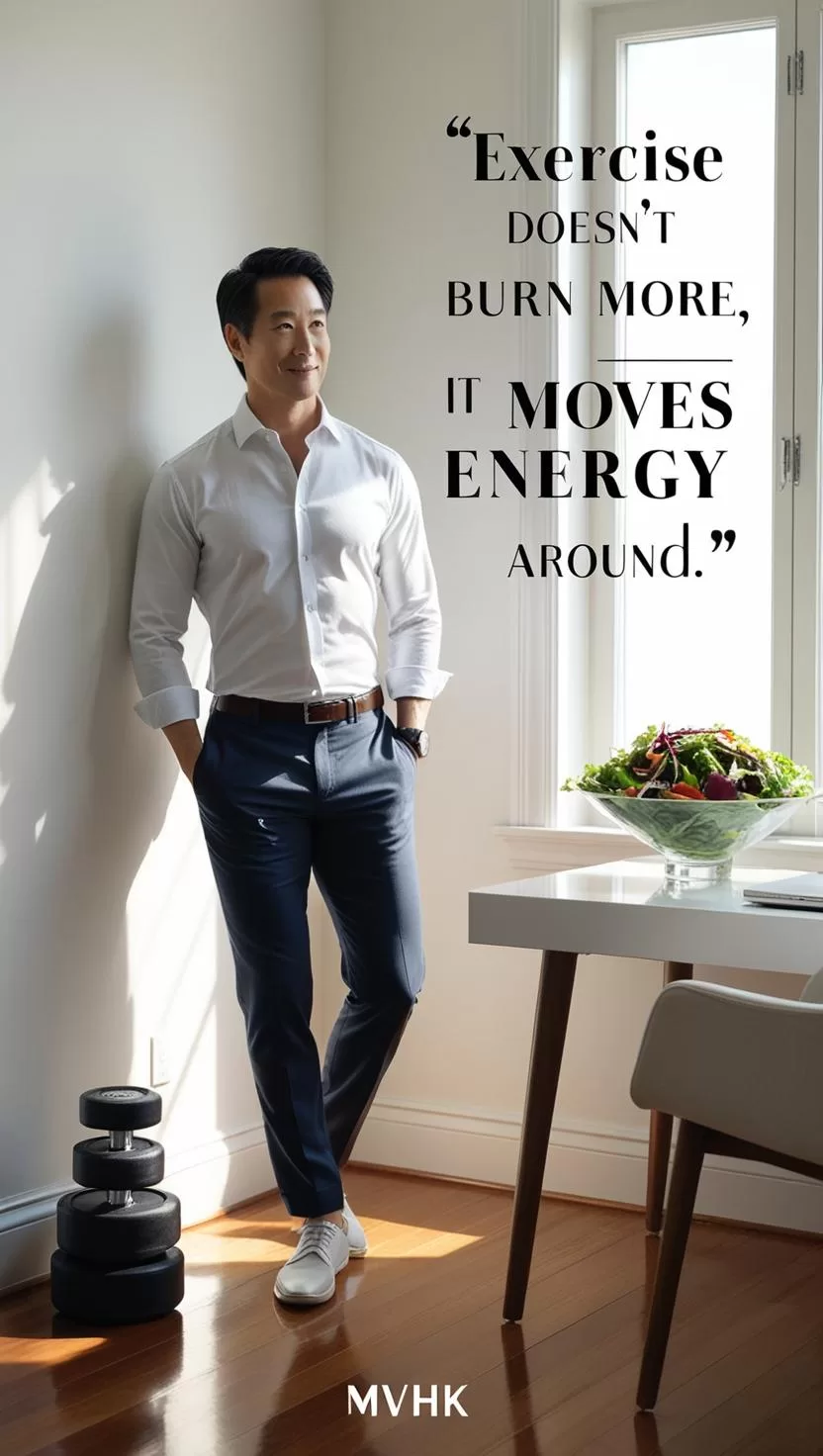Sunlight or Supplements? The Truth About Vitamin D for Busy Professionals
Modern life often leaves us indoors, under artificial lights, and disconnected from the healing power of natural sunlight. Yet just 20–30 minutes of shirtless sun exposure can give your body a vitality boost no pill can replicate. This article breaks down why vitamin D is essential, the best ways to get it, and how to optimize your routine—whether you’re catching rays or reaching for a capsule.
1️⃣ Why Vitamin D Matters More Than You Think
Vitamin D’s Surprising Role in Men’s Health
Vitamin D isn’t just about bone health. It’s a hormone-like compound that affects testosterone production, immune regulation, mental clarity, and even weight management. According to Harvard Health, low levels in men are strongly associated with increased risk of heart disease and depression.
Deficiency is Widespread—Even in Sunny Countries
You might think you’re getting enough just by being outside occasionally. Think again. Studies like this NIH-backed one show that up to 40% of adults are deficient. Indoor work, sunscreen, darker skin pigmentation, and high latitudes all reduce natural production.
2️⃣ Sunlight vs. Supplements: Which Is Better?
Why Direct Sunlight Is King
Your skin can make 10,000 to 25,000 IU of vitamin D in just 20–30 minutes of full-body exposure in strong sunlight. Shirtless is ideal. This is a powerful, evolution-approved mechanism that doesn’t just raise D levels—it can synchronize circadian rhythms, reduce cortisol, and trigger nitric oxide release, improving blood pressure.
| Factor | Sunlight | Supplement |
|---|---|---|
| Natural nitric oxide | ✅ Yes | ❌ No |
| Circadian benefits | ✅ Yes | ❌ No |
| Immune support | ✅ Yes | ✅ Yes |
| Testosterone boost | ✅ Yes | Limited |
| Convenience | ❌ Weather-dependent | ✅ Easy, portable |
When to Use Supplements
If you’re in a cold climate, dark-skinned, or mostly indoors (👋 hello, office warriors), a high-quality D3 supplement (5,000 IU/day) is an excellent backup. Make sure it includes vitamin K2 to help with calcium regulation.
Top pick: Examine.com on D3
3️⃣ How to Integrate Sunlight Into a Busy Schedule
Time-Efficient Ways to Get Sun Daily
- ☀️ 10:30 AM – 2:30 PM: Optimal D-synthesis window
- 🧘♂️ Combine with mindfulness: Lunch break rooftop or balcony session
- 🚶♂️ Active commute: Walk or bike shirtless if safe and legal
- 🧼 Multitask: Dry off in the sun after a shower
- 📅 Weekend stacking: Block 30 min of shirtless sun on weekends
Building a Routine Around It
Start with 15 minutes per day and increase based on skin tone and latitude. Use a D tracking app like D Minder. Combine sunlight with light movement like yoga or bodyweight squats to stack benefits.
Conclusion: How to Get Started Today
- Audit your current sunlight exposure.
- Start a 7-day experiment: 20 minutes daily shirtless sunlight if possible.
- Track energy, mood, and focus.
- Supplement with 5,000 IU D3 if needed—especially in winter.
Sunlight is free, immediate, and evolutionary.
Don’t overlook this simple upgrade.
🙋♂️ FAQ
What’s the best time of day to get sunlight for vitamin D?
Late morning to early afternoon (10:30 AM – 2:30 PM) is optimal for UVB exposure.
How much skin needs to be exposed?
Ideally 40% or more. Shirtless exposure of arms, chest, and back maximizes D synthesis.
Is it safe to go without sunscreen?
For 15–20 minutes, yes. Just avoid prolonged exposure to prevent sunburn.






